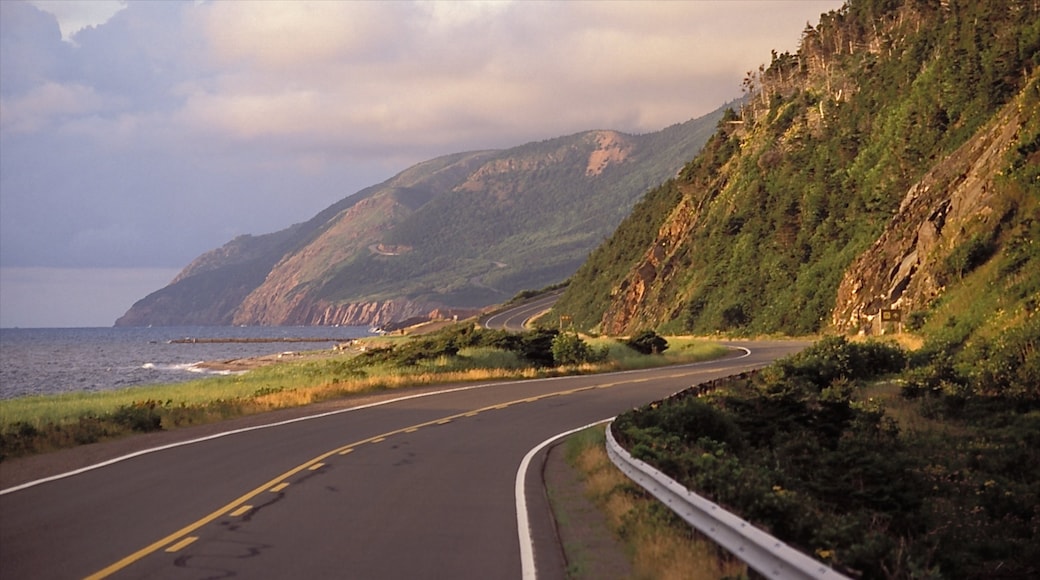With a name meaning “New Scotland” in Latin, Nova Scotia is culturally Scottish. Historically, it is a broad melting pot. Today its seaside communities are filled with pubs and Celtic culture. Its shores have welcomed over a million immigrants to Canada from across the world. Traces of other nations’ settlements remain today. Enjoy Nova Scotia’s Scottish port towns, explore its colonial history and take in its world-famous coastal landscapes.
Enjoy the culture and seafood of a Nova Scotia seaport. Halifax is the province’s largest city and it has the busiest port. Explore the harbor, which has antique sea craft and seafood restaurants. Nearby are marine-themed museums including the Maritime Museum of the Atlantic, featuring a Titanic deck chair reproduction. For a more intimate experience of Nova Scotia seaside life, head to the coastal village of Lunenburg. Established in 1753, this UNESCO World Heritage site features many brightly colored 18th- and 19th-century buildings.
During the colonial age, Nova Scotia was a major frontier in the territorial race between France and England. As a result, the province has many old fortifications, such as the Halifax Citadel. This star-shaped fort towers over the city from its highest hill. The neighboring Halifax Town Clock is the city’s main landmark. France’s response to England’s formidable settlements include the Fortress of Louisbourg, located just outside the modern town of Louisbourg on Cape Breton Island. The 18th-century castle has massive walls up to 36 feet (11 meters) thick. In summer, costumed actors recreate life as it might have been like here in 1744.
In addition to Louisbourg, Nova Scotia’s northeasterly Cape Breton Island features the renowned Cabot Trail. Wrapping around the island’s northern peninsula, the Cabot Trail reveals mountainous coastal vistas. Pass through Cape Breton Highlands National Park, where 26 hiking trails provide views over forested seaside cliffs. Head on to Pleasant Bay, which is a prime spot for whale watching.
The best time to visit Nova Scotia is between June and September, although crowds can be heavy in July and August. Fly or boat into Halifax to begin your trip to this colorful and historic Atlantic province.




